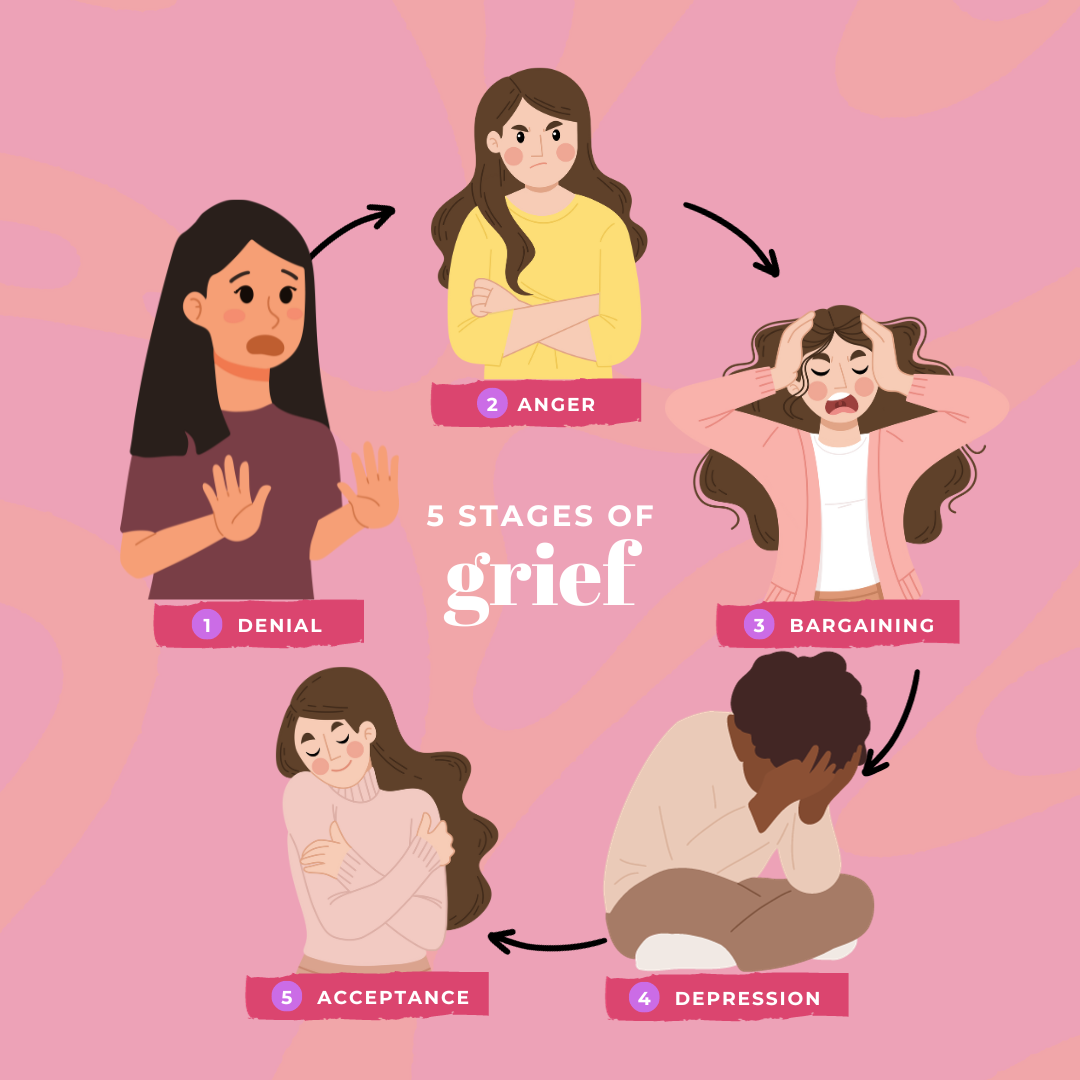Introduction
Grief is a universal experience, yet it is profoundly personal and unique to each individual. It’s a journey filled with complex emotions, and understanding the process can be a crucial step in healing. In my book, “Not Now Please: Living with Ableism, Racism, and Grief,” I delve into the intersection of disability, racism, and the profound experience of grief. As part of this journey, I explore the Kübler-Ross Change Curve, which outlines five stages of grief. Let’s take a closer look at this curve and how it can help pave the way to coping with grief.
The Kübler-Ross Change Curve
- Denial: The first stage is often marked by shock and disbelief. It’s the mind’s way of protecting itself from overwhelming emotions. During this stage, individuals may struggle to accept the reality of their loss, whether it’s the loss of a loved one or the loss of one’s health due to disability. Denial serves as a defense mechanism, providing a buffer against the initial shock.
- Anger: As the reality of the loss sinks in, anger may surface. It’s natural to feel a range of emotions, and anger is one way to express the pain and frustration associated with grief. Individuals may direct their anger toward themselves, others, or even the situation itself. It’s crucial to understand that anger is a normal part of the process.
- Bargaining: In this stage, people often find themselves making deals or seeking ways to reverse the loss. They may pray, make promises, or try to negotiate with a higher power. It’s an attempt to regain control over an uncontrollable situation. Bargaining can bring temporary relief but is not a sustainable coping mechanism.
- Depression: As the bargaining stage wanes, a deep sadness may set in. This is when the full weight of the loss is felt, and individuals may experience overwhelming grief, sadness, and a sense of hopelessness. It’s essential to reach out for support during this stage, as depression can be all-encompassing.
- Acceptance: The final stage of the Kübler-Ross Change Curve is acceptance. It’s important to note that acceptance doesn’t mean forgetting or getting over the loss; rather, it signifies coming to terms with the new reality. It’s about finding a way to move forward, even while carrying the memory of what’s been lost.
Navigating the Curve with Intersectionality
For individuals at the intersection of disability and racism, the journey through grief can be even more complex. Discrimination and bias can compound the pain of loss, making it essential to seek support from those who understand these unique challenges.
In my book, I emphasize the importance of acknowledging the intersection of disability and racism, as well as the need for inclusive grief support. By recognizing the specific hurdles faced by marginalized communities, we can pave the way for a more compassionate and supportive environment.
Conclusion
Grief is a deeply personal journey, and the Kübler-Ross Change Curve serves as a guide to help individuals understand their emotions and reactions during this process. For those facing the intersection of disability, racism, and grief, it’s crucial to seek support and understanding from a community that recognizes these unique challenges. In the end, by acknowledging and navigating the stages of grief, we can pave the way toward healing and resilience.





